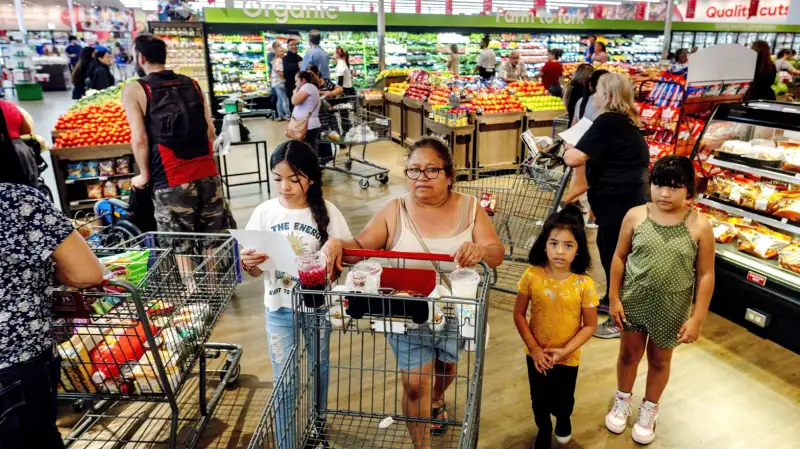Prices for These 20 Items Are Rising Faster Than Overall Inflation

As inflation increased yet again in September, costs in certain spending categories, ranging from pet food to car insurance, shot up at a much faster rate than overall price growth.
The latest numbers from the federal government show consumer prices for goods and services are up 0.4% from August to September, indicating that the Federal Reserve’s interest rate hikes haven’t halted inflation yet.
On Thursday, the Bureau of Labor Statistics released the monthly consumer price index (CPI) report, which puts inflation at 8.2% in the past year. That means it costs the typical U.S. household $445 more per month to purchase the same goods and services compared to the cost a year ago, according to Ryan Sweet, an economist at Moody's Analytics.
In just the last month, prices moved up by a full percentage point or more in quite a few expenditure categories, according to the CPI.
Prices increase for groceries, insurance and more
Consumers are feeling inflation at the supermarket with grocery prices up about 13% in the last year. As prices for groceries increased again from August to September, a number of baking ingredients got more expensive at an especially fast rate.
Prices were up in the CPI for flour (2.0%), sugar and sweets (1.8%), bakery products (1.2%) and cooking fats and oils (1.2%).
Vegetable prices increased by 2.4% in September, a bigger increase than with fruit prices, which are up 0.7%. For canned fruits and vegetables, which have seen some of the most dramatic price increases in the last year, prices were up another 1.8%.
Health insurance and health care became more expensive in September. Health insurance prices increased by 2.1% and prices for medical care services increased by 1.0%.
Price growth was also especially notable in several categories related to driving. The CPI reports high inflation for car and truck rentals (2.5%), vehicle maintenance and repairs (1.9%) and auto insurance (1.6%).
Not everything got more expensive. Gasoline prices declined by 4.9% in September, helping ease the cost of driving, though the price of gas has increased again this month, rising above $3.90.
Beyond gas, energy prices were down overall in September, but the CPI reports a 2.9% increase for natural gas utilities.
Natural gas prices have soared 33.1% in the past year, according to the CPI. Forecasts for U.S. heating bills indicate prices will be much higher for natural gas customers this winter than last. Still, natural gas heating will likely remain a cheaper way to heat a home than electric or oil heating.
The CPI’s breakdown of price changes by detailed expenditure category shows which indexes increased the most in price in the last month. You can scroll through to find a lot more goods and services that are soaring in price — anything from jewelry, which is up 4.4%, to garbage and trash collection, which became 1.7% more expensive in September.
Outpacing inflation: 20 big price increases in September
Here are 20 goods and services whose prices rose by 1% or more from August to September:
• Flour: +2.0%
• Bakery products: +1.2%
• Pork: +1.8%
• Vegetables: +2.4%
• Carbonated drinks: +2.0%
• Sugar and sweets: +1.8%
• Fats and oils: +1.2%
• Natural gas service: +2.9%
• Clocks, lamps and decorator items: +1.8%
• Dishes and flatware: +3.3%
• Tools, hardware and supplies: +2.7%
• Jewelry: +4.4%
• Garbage and trash collection: +1.7%
• Medical care services: +1.0%
• Health insurance: +2.1%
• Car and truck rental: +2.5%
• Motor vehicle maintenance and repair: +1.9%
• Auto insurance: +1.6%
• Pet food: +1.3%
• Daycare and pre-school: +2.0%
More from Money:
Best Car Insurance Companies of October 2022
Dollar Scholar Asks: What Are Some Creative Ways to Save Money on Groceries?
‘Extremely Rare’: Social Security Checks Are Getting Their Biggest Boost in 42 Years

